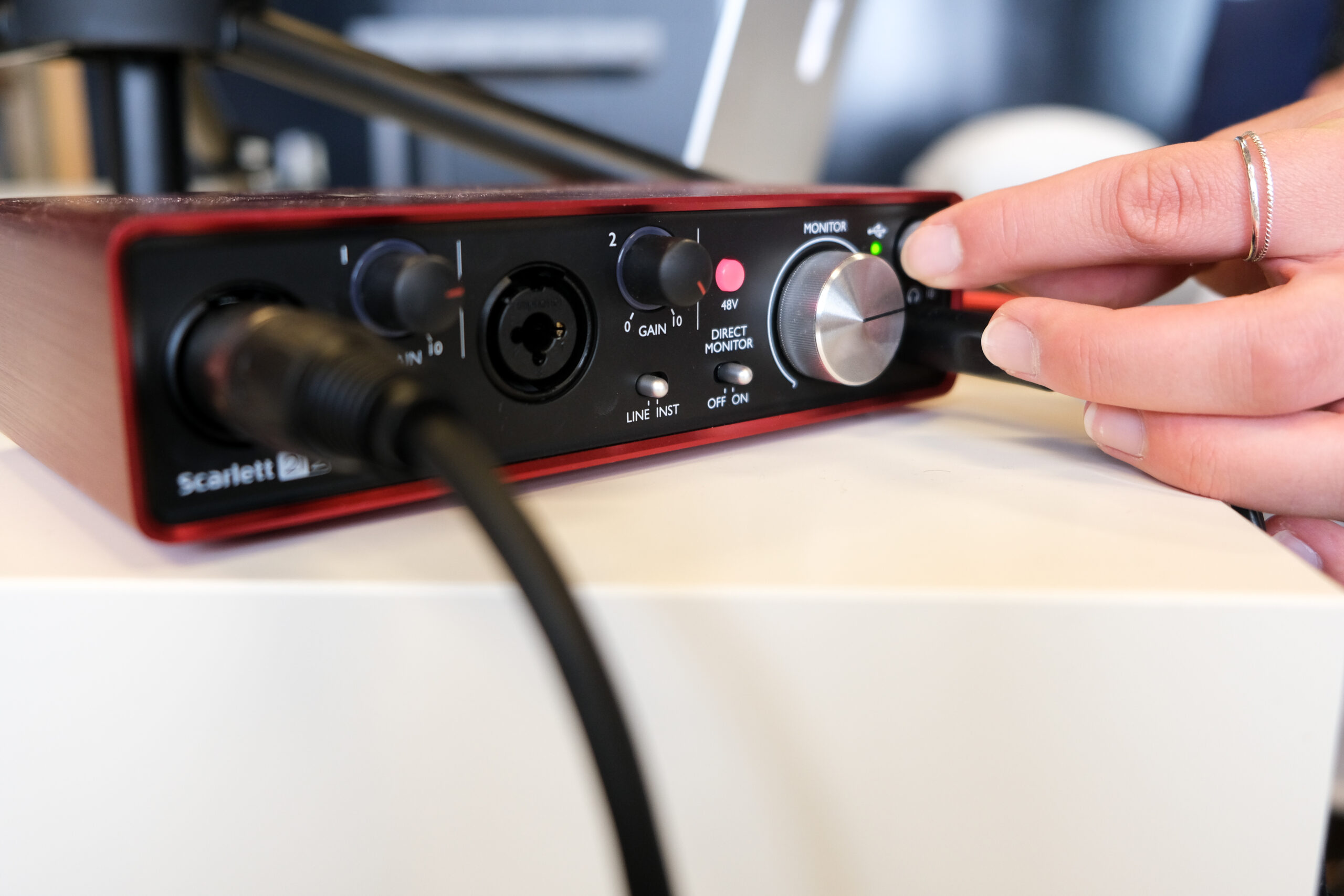Technology is always evolving, and it’s essential to keep up in the modern selling landscape. There are now hundreds of software vendors enablement can consider when exploring the tools their sales team needs. Providing sellers with a comprehensive tech stack can transform performance by driving alignment, boosting productivity, improving efficiency, and powering key business results.
According to the State of Sales Enablement Report 2022, organizations that use sales enablement tools are eight times more likely to have engaged reps and four times more likely to effectively provide insights into what works to ensure rep consistency. But with more technology options than ever before, choosing tools and vendors can be overwhelming – making optimization even more essential.
“There are a lot of shiny objects, and you’re going to want them. However, don’t make the decision from the role of your enablement department,” said Jannae Rothrock, director of sales at Audacy. “Make sure you’re talking to your stakeholders and make the decision based on what they need. The speed to access, the agility that you can provide, the ease-of-use, and fewer systems make for happy sellers.”
Enablement is a key force in building, maintaining, and evolving the sales tech stack, as well as getting stakeholder buy-in and proving its success. By building a lean and effective tech stack and ensuring that reps are utilizing it to its full potential, enablement can help drive top-line growth.
Common Components of a Sales Tech Stack
Every sales organization’s tech stack is constructed and managed differently and corresponds to each organization’s unique needs and challenges. When building or evaluating a tech stack, consider what reps need to do their job more efficiently and effectively.
Though tech stacks differ by organizations’ unique needs and challenges, some common elements of a sales tech stack can include:
- Customer relationship management (CRM) software: helps manage sales, marketing, and services’ data, keeps teams connected with customers, and streamlines processes.
- Training and coaching tools or learning management systems (LMS): helps enablement deliver learning experiences that help reps build essential knowledge and skills.
- Content management systems (CMS): used to help organizations store, create, and organize content for reps. It also contains metrics and data that can be used to assess the value of the collateral.
- Sales intelligence tools: gives enablement and sales teams access to data that helps the sales team make key decisions. It can be used for activities such as:
Prospecting or conducting outreach- Tracking engagement
- Forecasting
- Tailoring messaging
- Tracking efficiency of calls
- A unified enablement platform: to deliver content, guidance, training, coaching, and engagement across go-to-market teams.
When finding ways to optimize the tech stack or evaluating new investments, integrations should be top-of-mind. This can help create a seamless selling experience and drive alignment between different teams by having information and data all in one place and easily shareable.
“The integration and the cohesion of these systems is so important,” said Rehan Chishty, senior enablement platforms manager at Okta. “Regardless of the CRM, CMS, or LMS you’re running, the ability for them to integrate with each other is going to be that next level. When you create that cohesive experience for your sellers, you’re going to see optimal results.”
Partner With Stakeholders to Develop the Strategy
Given the large investment of time, resources, and money that is needed to not only implement but continuously optimize the tools in the tech stack, it’s essential that stakeholders are bought in on the strategy behind those investments from the beginning.
To start, ensure stakeholders from every team that will be using the tech are involved in every stage, from search, to demo, to selection. Gathering insight into pain points, key needs, and capabilities will not only help generate support but also help enablement leaders to make informed decisions regarding technology investments.
“Foundationally, it’s important to get leadership involved in the tool strategy,” said Chishty. “Everyone that’s going to be touching the technology should be in alignment on how to move forward with a potential evaluation, demo, and eventually choosing the right vendors for your organization.”
Some potential questions practitioners can cover to understand stakeholder priorities and begin to build the business case technology investments include:
- Who are the stakeholders and/or who needs to be brought in?
- What is the problem the business wants to solve?
- What is the business outcome that an updated tech stack is seeking to achieve?
- What are the metrics that enablement is trying to measure or achieve?
- What does success look like to stakeholders?
By taking the time to talk to stakeholders about their pain points, opportunities, and goals, enablement can not only secure buy-in but also make decisions based on what sellers need – not what enablement thinks they need.
Driving Tool Adoption
Choosing the right tools for the tech stack is only half the battle. Ensuring reps have the support they need as they build confidence and incorporate it into their daily workflows is a critical next step of the tech stack strategy, especially when changes are made.
Consider leveraging the following strategies to drive the adoption of tools within the tech stack when new tools are launched, or optimizations are made:
- Create a training and coaching program aimed at improving usage of a specific tool. When building learning programs for the new tools, maximize adoption by designing them with target outcomes in mind. Even simple metrics such as a number of log-ins can help enablement understand how reps are adapting to the new tool or tools. Similarly, consider leveraging varying formats such as in-person sessions or video e-learnings, gamification, quizzing and testing, and peer learning to drive retention.
- Lean on top performers to demonstrate value to peers. Find people who have had success leveraging the tool and can share win stories to fuel momentum among others who want to replicate that success.
“First, find who your promoters are,” said Rothrock. “Find people within the organization that have used some of the products you’re looking for. They would be the promoters and the advocates so that you can tell success stories from people that are in the organization.”
- Test the tool among a pilot group. Piloting a new tool or functionality among a small group of trusted reps can help enablement gather feedback or uncover issues that need to be addressed to improve the experience prior to rolling the tool out broadly. Additionally, it can help enablement establish a benchmark for what good looks like.
“When you’re launching a program, you can run the pilot and analytics to see where your starting point is,” said Rothrock. “You can check in on a weekly basis to see if your metrics are hitting the mark and also draw the correlation between them and your efforts.”
Enablement teams can lean on their existing skills or advocates within the business to secure the adoption of new tools and amplify their effectiveness.
Evolving a Tech Stack
A crucial skill in enablement is recognizing when things are not working and being ready to adjust. Especially in a rapidly evolving technology landscape, things can change quickly, which means it is important for enablement to regularly evaluate the tech stack to continuously optimize the experience for reps.
“A lot of vendors are trying to improve connectivity – to try to integrate more with the technology you’ve already purchased – or they’re trying to diversify their areas of expertise,” said Maria White, vice president of sales enablement at Twilio. “In our organization, we evaluate across the tech stack every year to always look for what’s best for the business.”
For example, far too often, there are unexplored features on current systems and platforms that reps could benefit from. When sellers highlight a need for a particular capability, spend the time to ensure that it isn’t available already in the tech stack. By deeply knowing the platforms in the tech stack, enablement and sellers can reap the most value from their tech investments.
Additionally, it’s important to evaluate the tech stack to ensure it is delivering the intended ROI. This is a critical step to not only help enablement uncover opportunities for optimization but also to help enablement leaders prove value to leadership to maintain support for investments that lead to improved business outcomes. When enablement can directly show the effect of the technology on business outcomes and KPIs, it can prove its value to executive leadership.
Building and optimizing the sales tech stack is crucial in the modern selling world. A comprehensive tech stack helps drive efficiency and effectiveness to ultimately help reps improve productivity throughout each stage of the selling process, from prospecting to close. By creating synergy in the tech stack, ensuring stakeholder buy-in, implementing adoption programs, and continuously evaluating the evolution of the tech stack, enablement can maximize seller potential and drive key business results.







